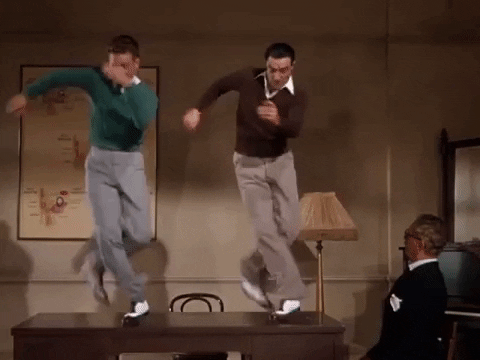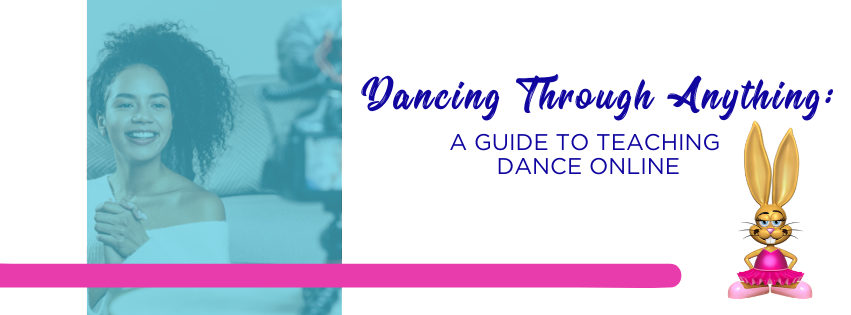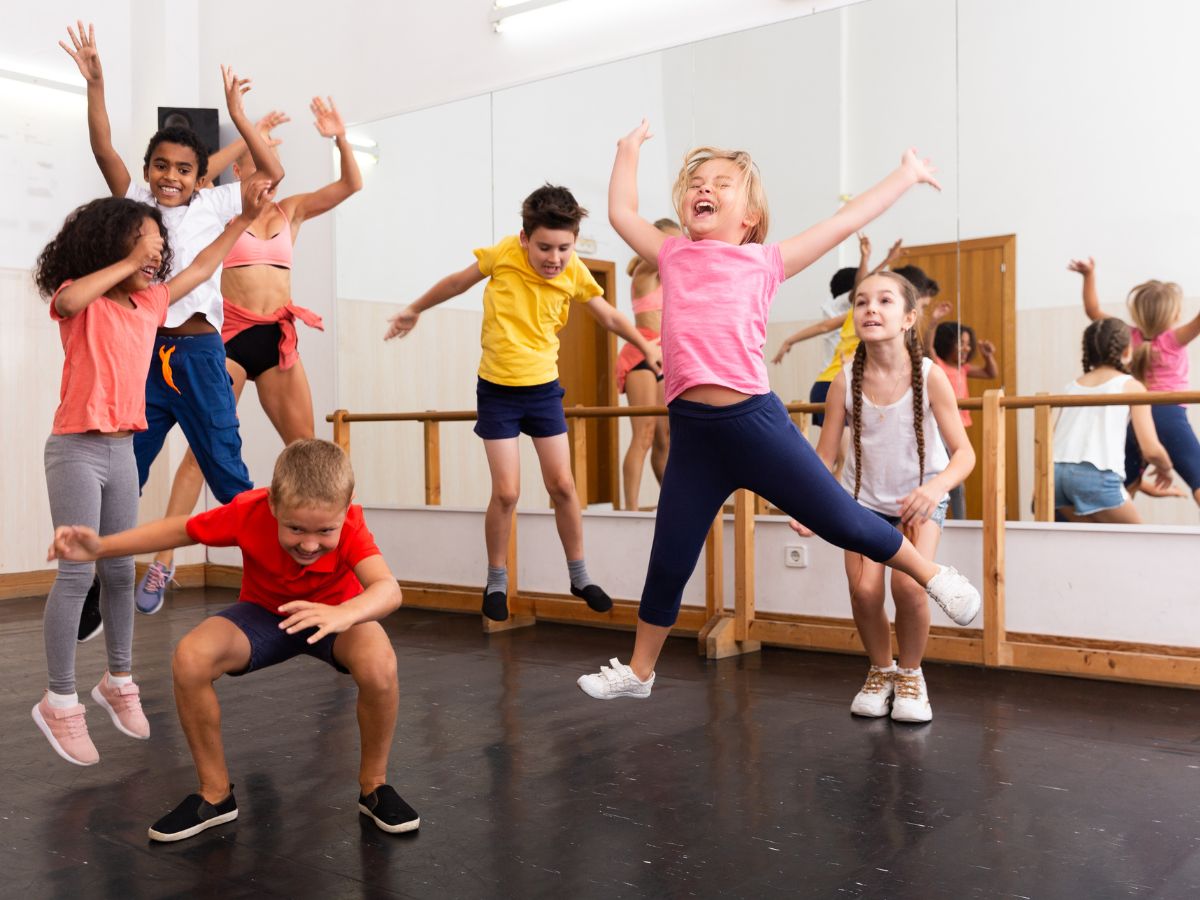Dancing in the studio is much different than dancing virtually from your home. While dancers are really great at adapting to their environment and can dance just about anywhere, there are some things to keep in mind when you take your dance classes from the studio to an online platform.
Recently, Jackrabbit Dance partnered with Audra Allen, who has been teaching online classes for over a year now, to share some tips on how you can get started with online classes.
How to get started teaching virtual dance classes
Virtual dance classes are a great way to continue training and connecting with dancers of all ages when in-person classes aren’t possible. As with anything else that is new, there are quite a few considerations to your space, your dancer’s space, sound, and much more!
Find the perfect teaching space in your home
Most people don’t have a dance studio space in their homes, and that is okay! Most of your dancers won’t either. The key factors to think about when finding your perfect space to teach from are:
- Having room to move front to back and side to side
- Making sure you put your streaming device where dancers can see your whole body
- Lighting the space, if necessary, so dancers can see you clearly
Don’t feel shy about your space. Showing your dancers and families another side of you will greatly grow the bond you have already started!
Communicate expectations to your dancers
Like this is new for you, this is likely new for your dancers and families. Supply them with tips and a list of expectations to help them have the best experience with your virtual classes. After all, you want them to get the most out of the value you are providing.
Your students probably won’t have a portable barre for their ballet classes – and that is okay! Ask them to grab a chair or a stool to hold on to so they can focus on posture and positions just like they would in class.
Dancing on carpet or tile can be a safety hazard, making hardwood floors most ideal. But, let’s be real – mom and dad don’t want tap shoes on their nice wood floors.

To keep parents onboard with your virtual tap classes, have your tap students put down a piece of cardboard. They still get to hear their sounds but the floors are unharmed.
Encourage your dancers to show up in their normal dress code with hair secured and pulled back. If they look good, they will feel good and dance well, even if they are dancing in their living room.
The more you can communicate to them upfront, the more successful the execution of your virtual classes will be. There will, of course, be natural distractions that neither side is used to in the dance studio but that everyone will acclimate over time.
Choose the virtual dance class platform that works for your needs
From streaming live classes in Zoom or using DropBox to share pre-recorded classes, technology is your best friend right now! Check out all your options and see what you feel most comfortable with and what makes the most sense for your program. Remember, you want this to be easy for families as well.
Once you pick your virtual class platform, you need to get those classes out to your families. With a class management solution like Jackrabbit Dance, you can easily share virtual classes to the Parent Portal so families can access using a tool they already used to!
Learn more about how you can use Jackrabbit Dance alongside your virtual classes by scheduling a live demo with one of our product coaches.
Talk to a coach!
Understand your audio needs for each class
Naturally, when streaming there is generally a delay from your screen to theirs. It will take some getting used to in the beginning. To keep you sane during tap classes, mute your students. You can unmute them one by one to hear their sounds and give feedback.
When you’re streaming or recording your classes, use a different device to play your music for classes that need it. You want your dancers to hear you and the music clearly so they (and their parents) have a pleasant experience.
Audra uses her laptop to stream and a bluetooth speaker to play music. Her smartphone is her remote to control the music as needed.
How can you continue to use virtual classes?
While virtual dance classes might be something you have to do now, think of how you can incorporate this new aspect of your program in the future when in-person classes resume. A lot of work went into getting virtual classes up and running, take advantage of that skill you have learned or plan to learn.
Whether you offer virtual adult fitness classes or supplemental strength training or stretch classes for your competitive dancers, you make your dance program stand out with this added benefit and value.
Audra shared additional tips on how to adjust your teaching style for virtual classes. Grab your notebook and watch the full webinar below!
Learn more from Audra Allen






